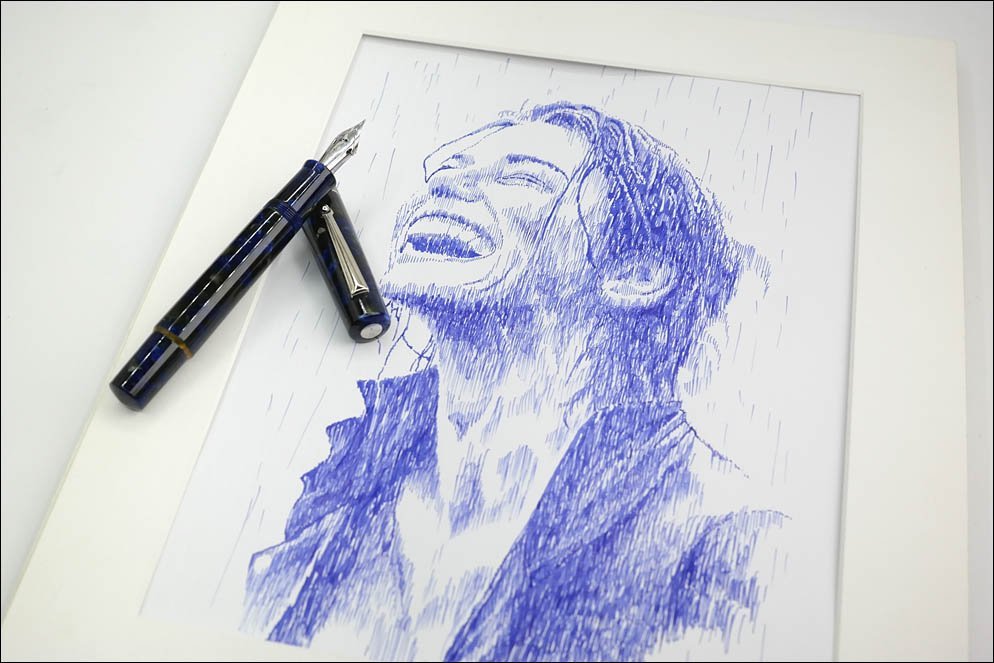Blue And White
-
Forum Statistics
354.8k
Total Topics4.6m
Total Posts -
Member Statistics
-
Images
-
Albums
-
OCArt #2
- By OCArt,
- 0
- 1
- 30
-
Andrew Lensky Arts
- By Andrew_L,
- 0
- 19
- 32
-
4posts
- By Tashi_Tsering,
- 0
- 0
- 63
-
Extra Fine Nib Ink Reviews (19 of n)
- By LizEF,
- 0
- 59
- 59
-
Pics for posts
- By ZeroDukE,
- 0
- 0
- 15
-

.thumb.jpg.3d6a6fd5e9dd39ae36180362d2a4e878.jpg)
















.thumb.jpg.f07fa8de82f3c2bce9737ae64fbca314.jpg)



.thumb.jpg.331e554113c33fb39d5bf3233878978a.jpg)





Recommended Posts
Create an account or sign in to comment
You need to be a member in order to leave a comment
Create an account
Sign up for a new account in our community. It's easy!
Register a new accountSign in
Already have an account? Sign in here.
Sign In Now